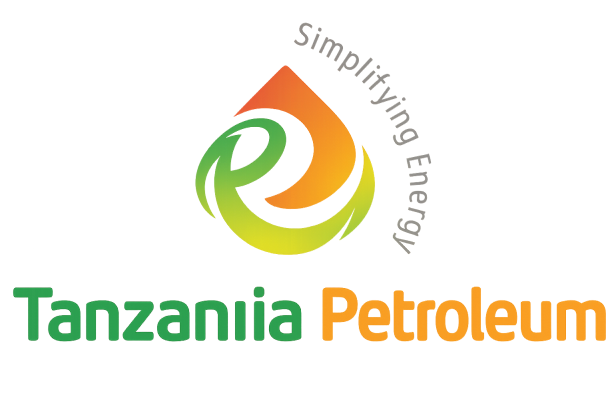The Tanzanian LPG market is evolving rapidly, but adoption is not uniform across all households or businesses. Understanding consumer behavior is essential for predicting demand, designing effective distribution strategies, and ensuring sustainable market growth.
1. Household Adoption Trends.
Households represent the largest segment of LPG consumption in Tanzania. Key trends include:
- Urban Growth:Cities like Dar es Salaam, Mwanza, and Arusha are driving most of the demand due to higher population density and better infrastructure.
- Health and Environmental Awareness:Families are increasingly switching from charcoal and kerosene to cleaner LPG, motivated by reduced smoke, convenience, and safety.
- Income Levels:Higher household incomes correlate with faster LPG adoption, but price sensitivity remains an important factor for middle- and lower-income families.
- Usage Patterns:Many households initially use LPG as a supplementary fuel before fully transitioning from traditional fuels.
These patterns show that adoption is gradual and influenced by access, affordability, and lifestyle considerations.
Read also: How Women Drive LPG Adoption in Tanzania — Insights and Practical Implications
2. Commercial Adoption Trends.
Commercial users, such as restaurants, hotels, and small manufacturers, provide predictable demand for LPG. Key trends include:
- Reliability over Price: Businesses prioritize a consistent supply to avoid operational disruptions.
- Bulk Consumption: Commercial clients often purchase larger cylinders or arrange bulk supply contracts to reduce costs and improve efficiency.
- Urban Concentration: Most commercial adoption occurs in major cities where infrastructure supports regular deliveries.
- Early Adopters: Restaurants and hotels focused on premium service and hygiene standards tend to adopt LPG faster than smaller enterprises.
Commercial adoption complements household growth and can provide stable revenue streams for suppliers.
3. Barriers to Adoption.
Despite growing interest, adoption faces several obstacles:
- Cost Perception:Initial cylinder purchase and refills can appear expensive to low-income households.
- Access and Availability:Rural households often have limited access to LPG retailers or refill stations.
- Safety Concerns:Misconceptions about handling LPG cylinders can slow adoption.
- Behavioral Habits:Long-standing use of charcoal or kerosene requires conscious behavior change to transition fully.
Understanding these barriers helps policymakers, suppliers, and investors design interventions that encourage uptake.
4. Key Factors Driving Adoption.
Several factors influence whether consumers adopt LPG:
- Affordability and Pricing Stability:Predictable costs encourage consistent usage.
- Convenience and Accessibility:Easy access to refill stations or delivery services accelerates adoption.
- Awareness Campaigns:Education about safety, environmental, and health benefits increases consumer confidence.
- Peer Influence:Seeing neighbors and community members adopt LPG encourages others to follow.
Adoption accelerates when multiple factors align — affordability, access, awareness, and trust.
5. Key Takeaways.
- Urban households are the primary drivers of LPG demand, but adoption is gradual and influenced by income, awareness, and convenience.
- Commercial clients provide predictable, repeat demand, with reliability often valued over price.
- Barriers include cost perception, limited access, safety concerns, and ingrained habits.
- Adoption is fastest when affordability, convenience, and awareness intersect, supported by strong distribution networks.
By understanding consumer behavior, stakeholders can anticipate demand, tailor distribution, and support sustainable market growth across Tanzania.
Question? Reach out to us via +255(0)655376543







